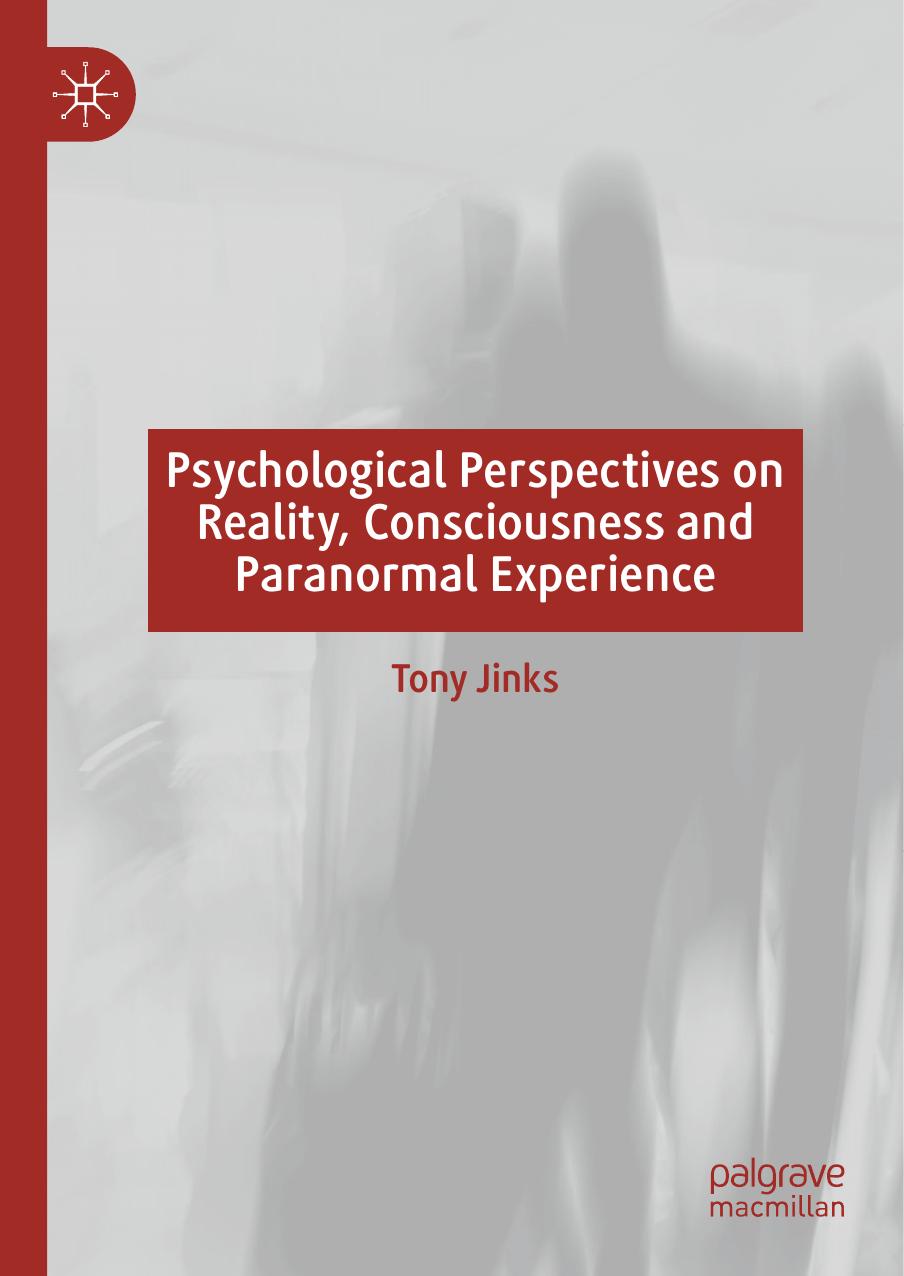Psychological Perspectives on Reality, Consciousness and Paranormal Experience by Tony Jinks

Author:Tony Jinks
Language: eng
Format: epub, pdf
ISBN: 9783030289027
Publisher: Springer International Publishing
Mitchell is describing an alteration in his fundamental milieu, which is difficult for him to describe other than “it doesn’t feel right”, or to put words in his mouth, the glass snow-globe that represents his consciousness had distorted to the point of shattering (accounting for his description of falling apart). All Mitchell could do was admit that he felt scared despite everything around him looked perfectly normal. The constituents of his reality were unaltered, but his container was abnormal.
He ultimately decided on a medical attribution that is entirely appropriate when travelling the second-path. After all, it’s well established that temporal lobe epilepsy can produce ASCs.29 Temporal lobe epilepsy (TLE) is characterised by seizures focussed in the cortical region beneath the temples (the lateral temporal lobes) and limbic areas underlying these (the medial temporal lobes) which have a role in memory storage and retrieval.30 Sufferers frequently report non-visual sensory hallucinations like phantom smells and tastes,31 but in terms of Mitchell’s experience of a global change of state, one TLE characteristics is of particular interest, involving the disruption of vestibular processing.
The vestibular cortex integrates information about bodily acceleration arriving from the inner ear’s detection organs, with sensory information coming from elsewhere—like visual movement. This allows the maintenance of steady eye position (known as ocular reflexes) and sustained postural balance and gait.32 It is clinical practice for patients with TLE to have the activity of their temporal lobes monitored with recording electrodes to identify the location of seizures. If these electrodes have stimulating capacity, those same areas can receive directed current and the phenomenological experience narrated by a vigilant patient. The right angular gyrus is proximal to the vestibular cortex, and low currents over this gyrus in the order of 2–3 milliamps (mA) lead patients to report “sinking feelings”—presumably due to artificial activation of vestibular neural pathways. When current is increased over 3mA the patient can experience an external-centred, rather than viewer-centred model of “self” where they “see” and “feel” themselves in a disembodied state.33 The sense of presence is also described.34 For instance, following low current experimental stimulation a patient reports;I see myself lying in bed, from above, but I only see my legs and lower trunk.35
Download
Psychological Perspectives on Reality, Consciousness and Paranormal Experience by Tony Jinks.pdf
This site does not store any files on its server. We only index and link to content provided by other sites. Please contact the content providers to delete copyright contents if any and email us, we'll remove relevant links or contents immediately.
Rewire Your Anxious Brain by Catherine M. Pittman(18493)
Talking to Strangers by Malcolm Gladwell(13137)
The Art of Thinking Clearly by Rolf Dobelli(10144)
Mindhunter: Inside the FBI's Elite Serial Crime Unit by John E. Douglas & Mark Olshaker(9109)
Becoming Supernatural by Dr. Joe Dispenza(8042)
Change Your Questions, Change Your Life by Marilee Adams(7570)
The Road Less Traveled by M. Scott Peck(7477)
Nudge - Improving Decisions about Health, Wealth, and Happiness by Thaler Sunstein(7465)
The Lost Art of Listening by Michael P. Nichols(7362)
Mastermind: How to Think Like Sherlock Holmes by Maria Konnikova(7166)
Enlightenment Now: The Case for Reason, Science, Humanism, and Progress by Steven Pinker(7087)
Win Bigly by Scott Adams(7035)
The Way of Zen by Alan W. Watts(6454)
Daring Greatly by Brene Brown(6371)
Big Magic: Creative Living Beyond Fear by Elizabeth Gilbert(5559)
Grit by Angela Duckworth(5451)
Ego Is the Enemy by Ryan Holiday(5230)
Men In Love by Nancy Friday(5117)
Altered Sensations by David Pantalony(5010)
